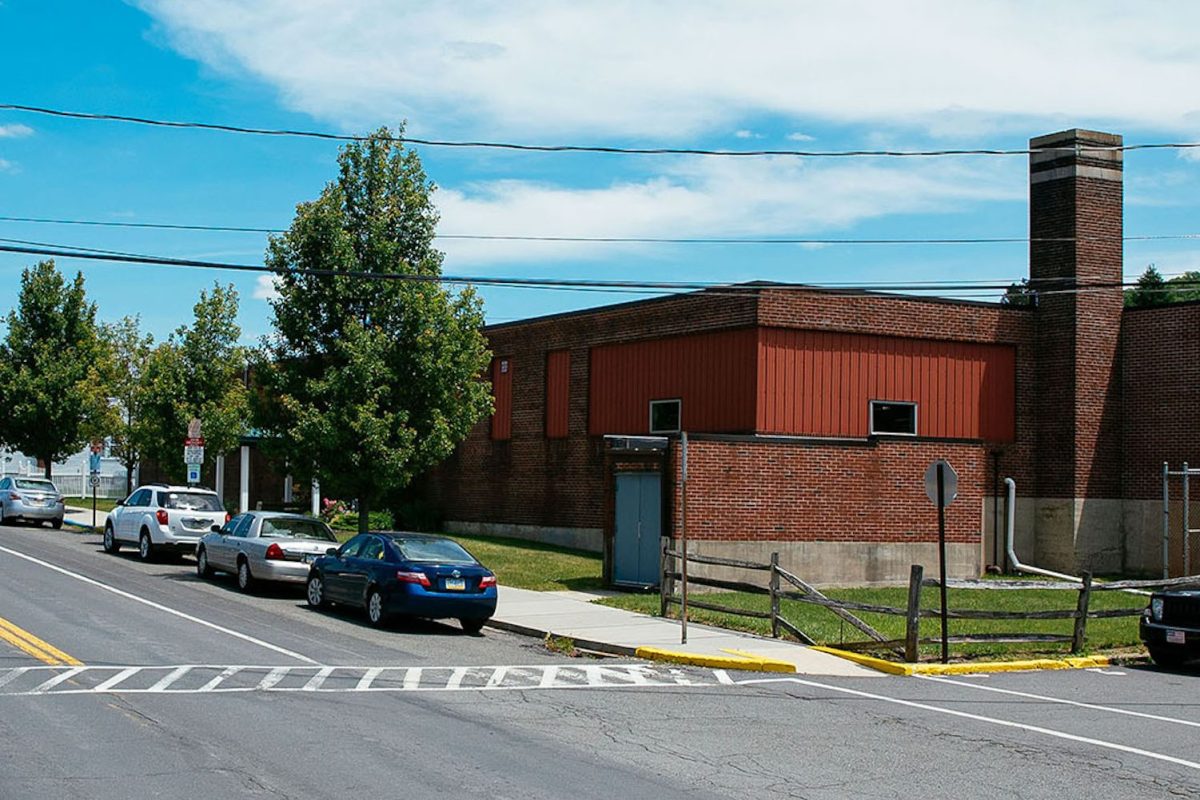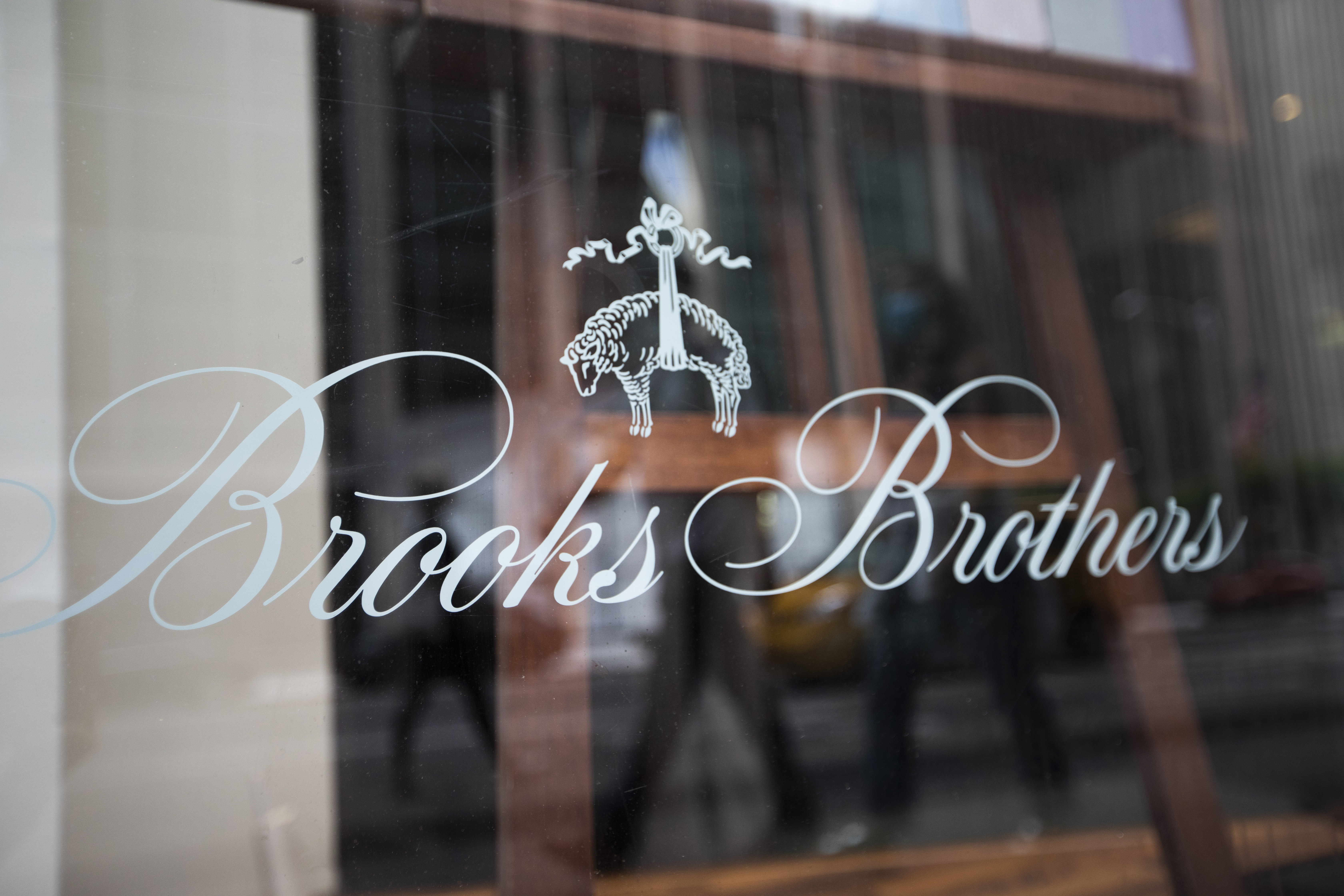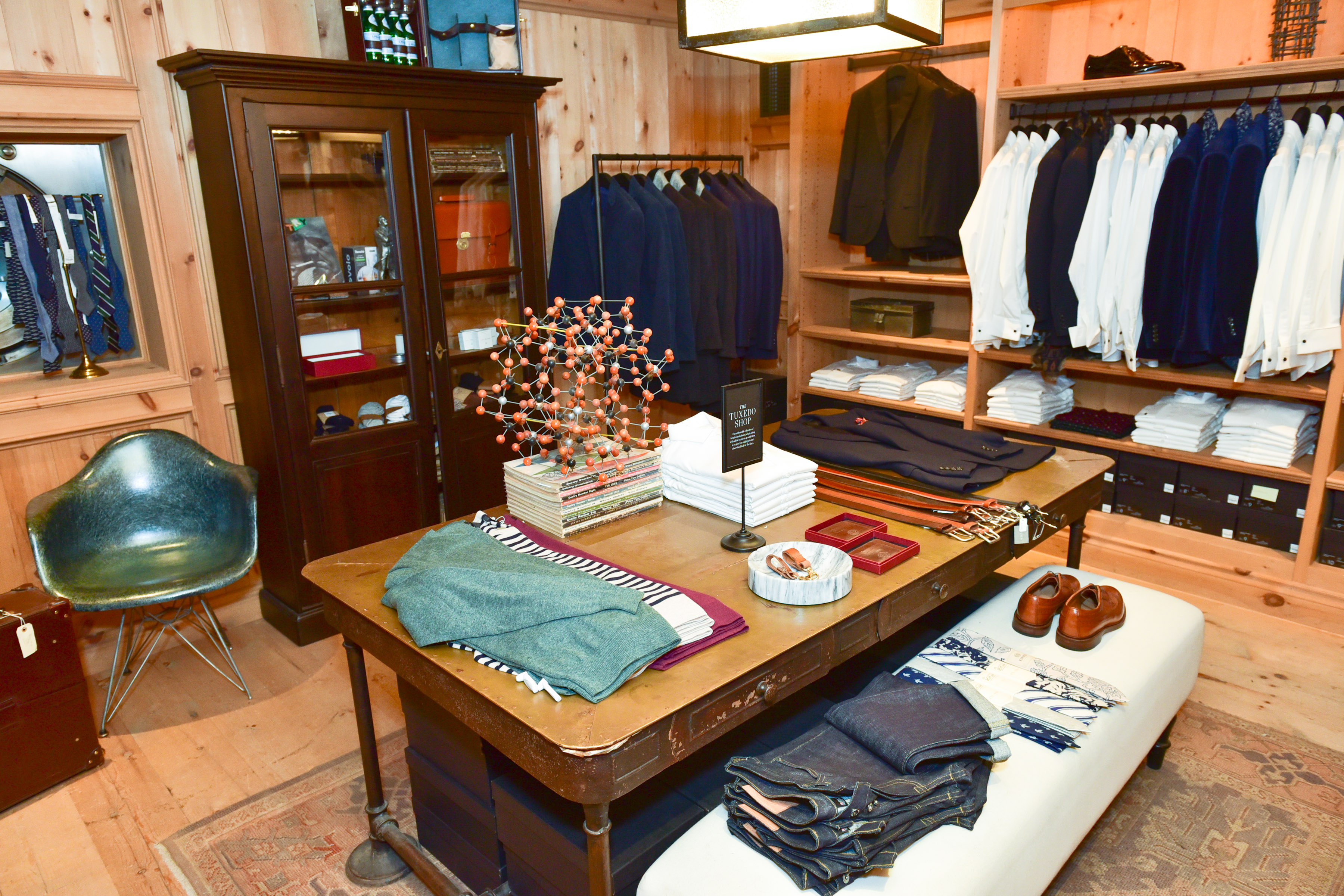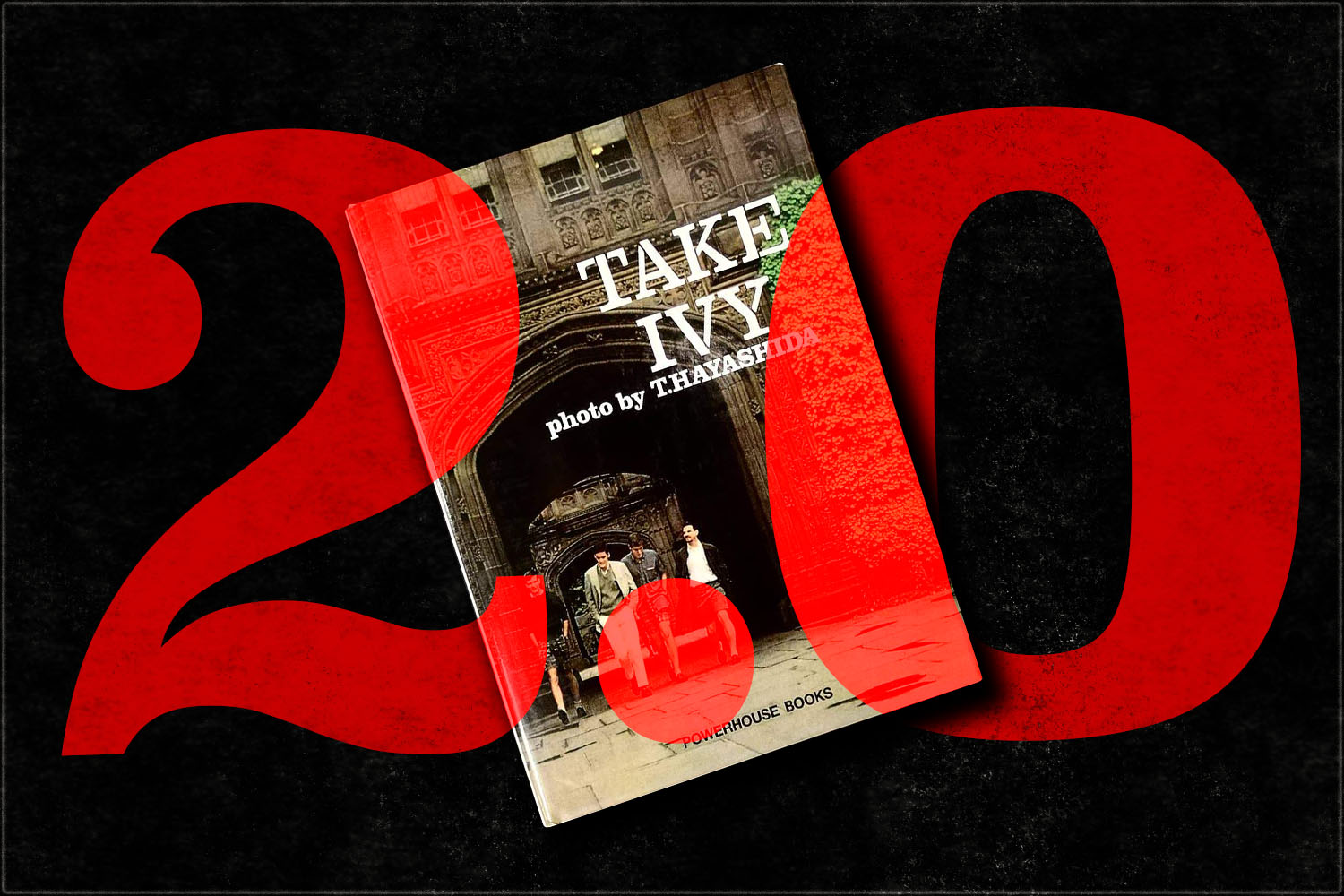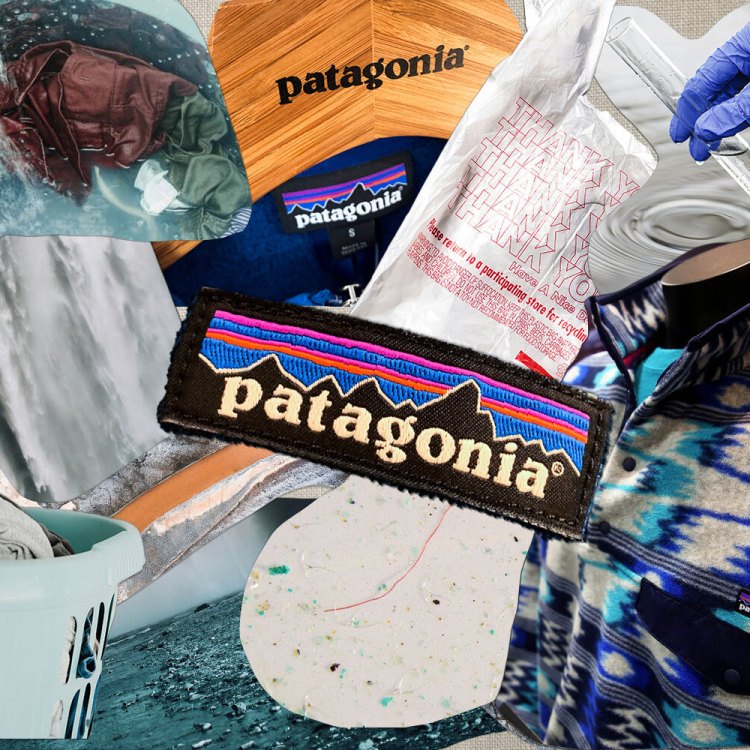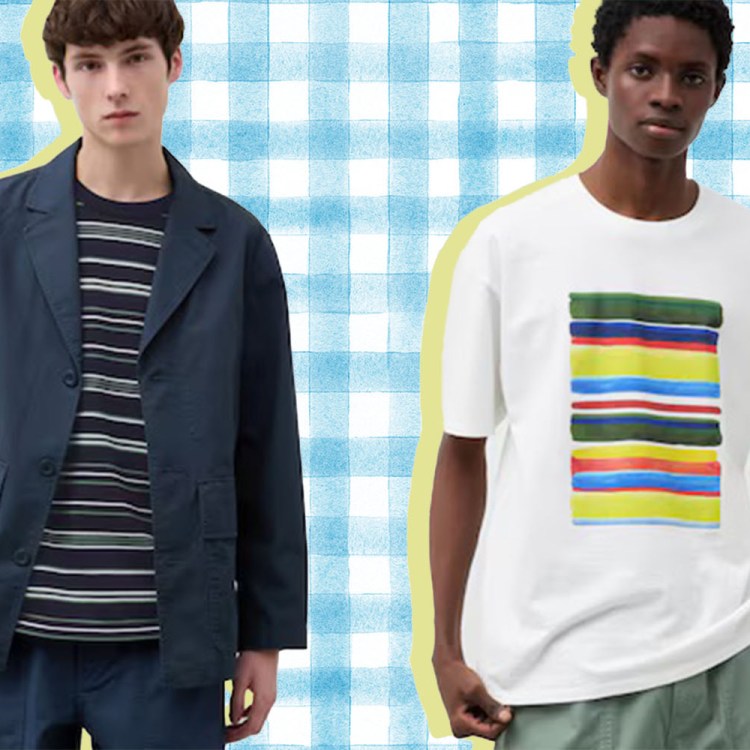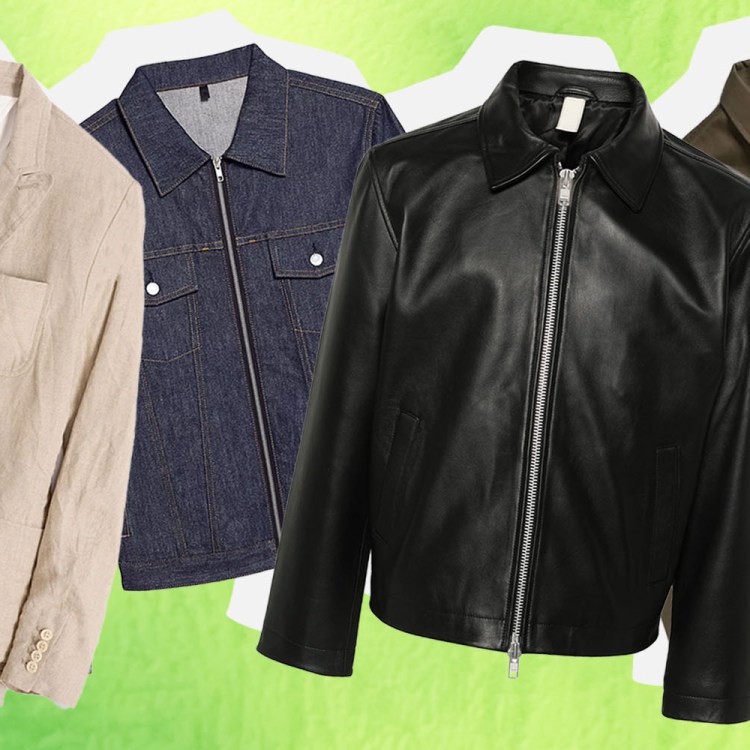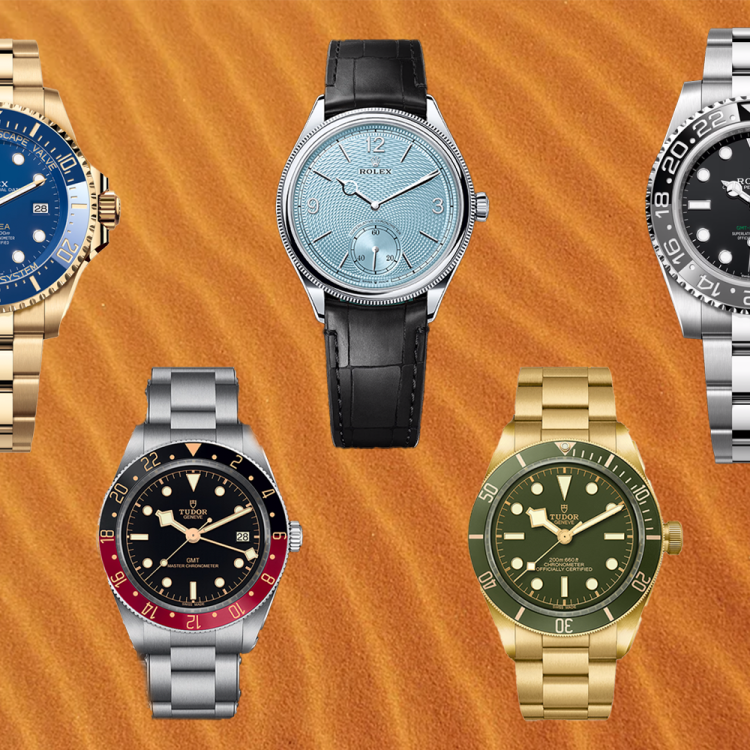Tokyo’s fashion-obsessed Harajuku district and Pennsylvania’s coal country share little in common. But while scoping the United Arrows Harajuku Men’s Building — a two-story menswear mecca with its own cocktail bar, and a relative oasis of calm in a district famous for its psychedelically clad teenaged crowds — I encountered a vivid reminder of home.
It was an extra-long pajama shirt with blue stripes and a band collar. The vintage aesthetic extended to its inside tag, which read “Ashland Shirt and Pajama Co.” with “ASHLAND PA” spelled out below in capital letters. I tried to put myself in the place of a hypothetical Japanese shopper, moving from room to room in the immaculately curated store and scrutinizing its beautiful objects. What would that place name evoke in their mind?
No imagination was required on my part. Ashland, population 2,802, is seven miles from my own hometown and home to The Museum of Anthracite Mining, The Pioneer Mine Tunnel and a somewhat baffling statue of Whistler’s Mother. Drive up Centre street, past tightly packed row homes, withered Victorians and Mays Drive-In, and you’ll arrive at the Gitman Bros. factory, where the shirt retailing for 19,950 yen in Tokyo’s fashion epicenter was made.
That moment in Harajuku in 2016 came back to me on June 10 of this year, when Gitman Brothers president Chris Olberding announced on Instagram that the 88-year-old factory would be shuttered at the end of the summer, with production moving to a sister facility in Tennessee. Gitman’s Ashland factory seemed to be the latest casualty of a disastrous year that had already seen Brooks Brothers close its last remaining domestic shirt factory in North Carolina, as well as the Southwick factory in Massachusetts.
I appreciated that Gitman, unlike Brooks Brothers, will continue to manufacture in America, and that its 90 Ashland employees have been given the option to relocate to Tennessee. But I still felt that something irreplaceable was being lost.
As someone who’s greatly interested in menswear and occasionally writes about the subject, the existence of a storied menswear brand beloved by old-school trads and online hype beasts alike in my own backyard was a source of pride, a quasi-secret I relished in delivering. But the factory was more than a conversational ice-breaker: it featured an actual factory outlet store, where OCBDs made for The Andover Shop or the wildest of Gitman Vintage prints could be picked up for a song. It was the first place my brothers and I would visit when returning home for the holidays and proved a reliable draw for out-of-town friends.
But above all, it was a reminder of the hard-working spirit of Schuylkill County, a place built by largely Irish, Italian and Eastern European immigrants who arrived at the turn of the 20th century to work in the coal mines, and whose children went on to cut and sew at the scores of garment factories that once dotted the area.
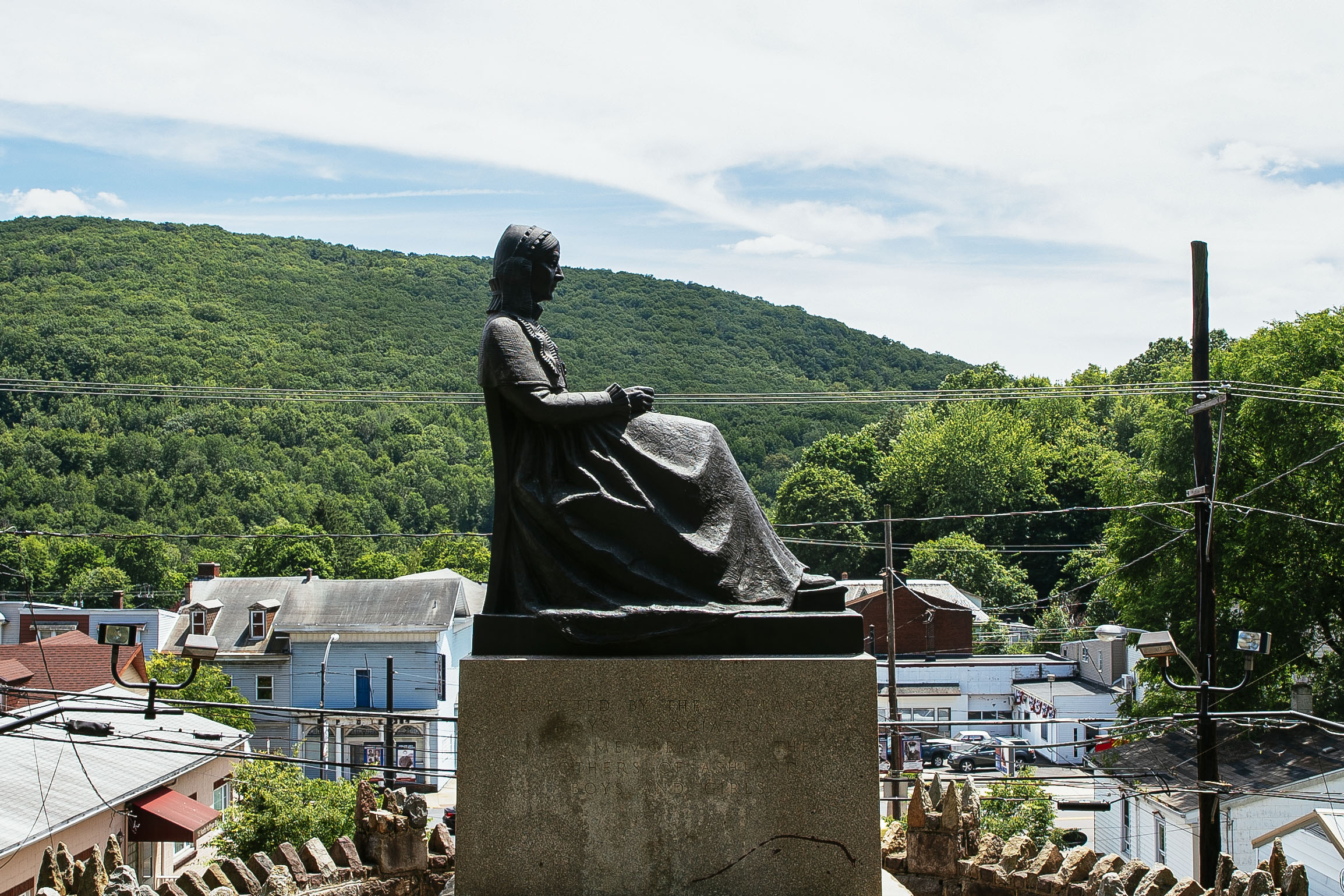
“He came over here from Russia. And he walked around this region with a sewing machine on his back. That was the beginning of his business.”
That’s how Lawrence V. Madden tells the story of Max Gitman founding what was then-called the Ashland Shirt & Pajama Company in 1932. Few people seem better qualified to speak about Gitman’s past than Madden, a 93-year-old lifelong resident of Ashland who began working at the factory as a cutter in 1946 after leaving the United States Army. He retired as a supervisor in 1990.
Gitman had been a part of the family since before Madden’s return to civilian life. After his father’s death in a coal-mining accident, his mother began working at the factory in the 1930s as a collar inspector. She, too, would work there until retirement age.
Madden, alongside some 300 other employees, worked under Max’s twin sons Alfred and Shelly, whom he describes as “tough but fair.”
“They demanded perfection when it came to men’s dress shirts,” he says. “And we made for Saks Fifth Avenue and big stores in New York. We shipped out to Rodeo Drive in Los Angeles.”
Madden recalls making shirts for a litany of 20th century American brands, including Brooks Brothers, Gant, Paul Stuart and Ralph Lauren. Lauren used the factory to make his groundbreaking, menswear-inspired shirts for women in the 1970s, and visited Ashland to design them. Madden recalls standing “shoulder-to-shoulder” with the icon on multiple occasions as he worked.
And Lauren’s is not the only famous name in Madden’s recollections.
“We used to make special shirts for people; politicians, movie actors. John Wayne, we made some for him.
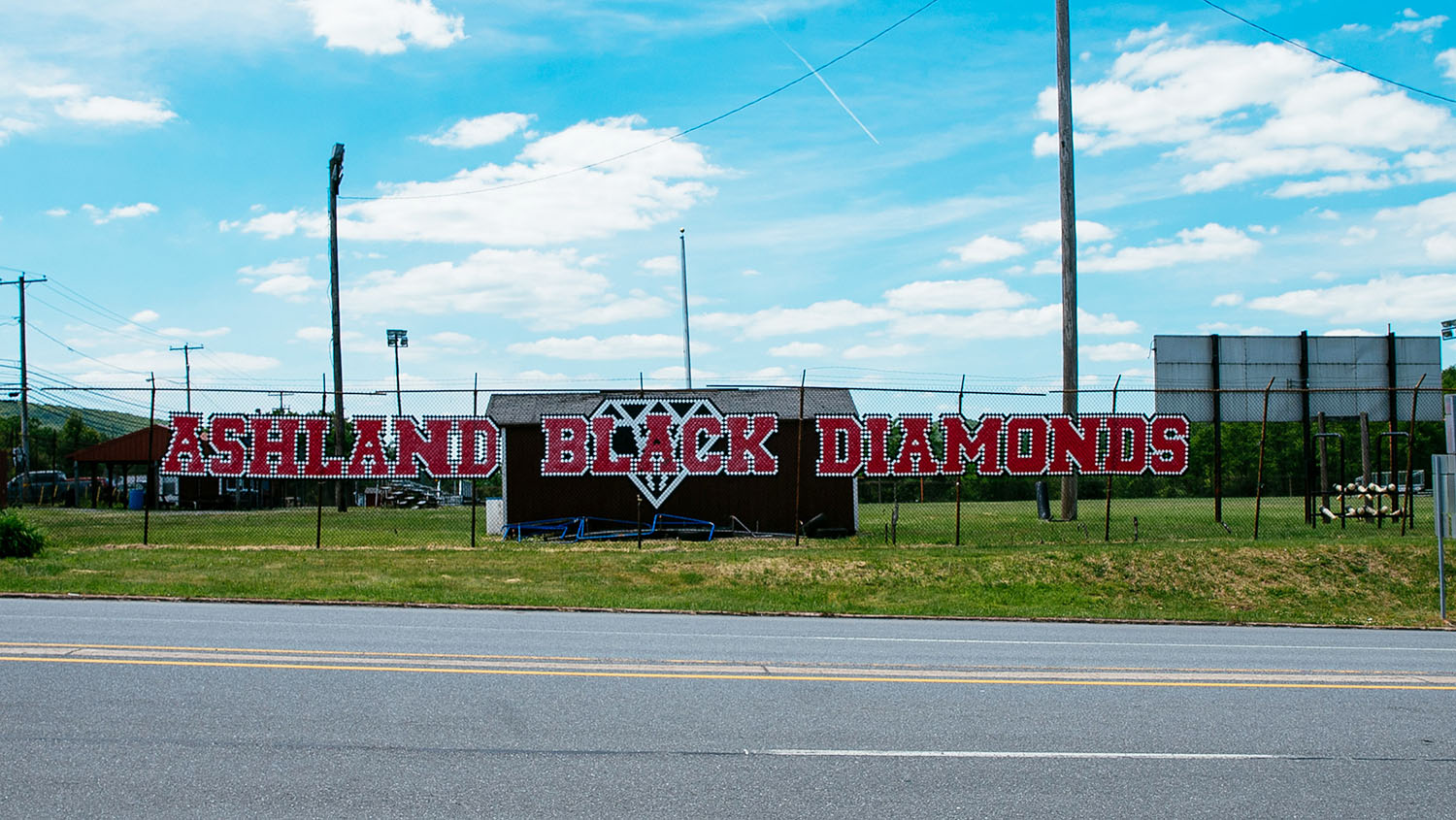
That a tiny, ex-coal mining town was making John Wayne’s shirts in the first place owed to a confluence of factors. It was less than a four-hour drive from New York City, then the epicenter of the world garment industry, and home to an inexpensive labor force freed up by the end of the Second World War and the decline of the anthracite coal industry.
When SEDCO (Schuylkill Economic Development Corporation) president Frank Zukas first joined the organization in 1979, the garment and textile industry employed the majority of workers in the county. By Zukas’s estimation, the local industry accounted for more than 10,000 workers across dozens of factories. His own father worked as a cutter, sometimes completing the day shift at one factory before walking to another to work the night shift. But the days when such double-dipping was even possible have long passed.
“The market for anything sewn in the United States just seems to have vanished,” Zukas says.
The factors he cites for this decline will sound familiar to anyone with an interest in American clothing manufacturing: NAFTA, offshoring, the rise of Walmart and the race to the bottom in pricing. But he also stresses that the work was difficult, and that workers didn’t always want their children to follow the same path.
“I think as the workforce that was there in the ‘50s and the ‘60s got to be in their forties and fifties, they said to their kids, ‘Hey, I don’t know that you want to do this for the rest of your life.’ At least that’s what I saw at my household.”
Zukas estimates that Gitman, at just under 100 employees — down from over 200 in the 1990s — was Ashland’s second-largest employer, behind the Tri-State Envelope Corporation.
“I don’t think there’s any sewing plants left once Gitman goes. We’re out of them all together,” he says.
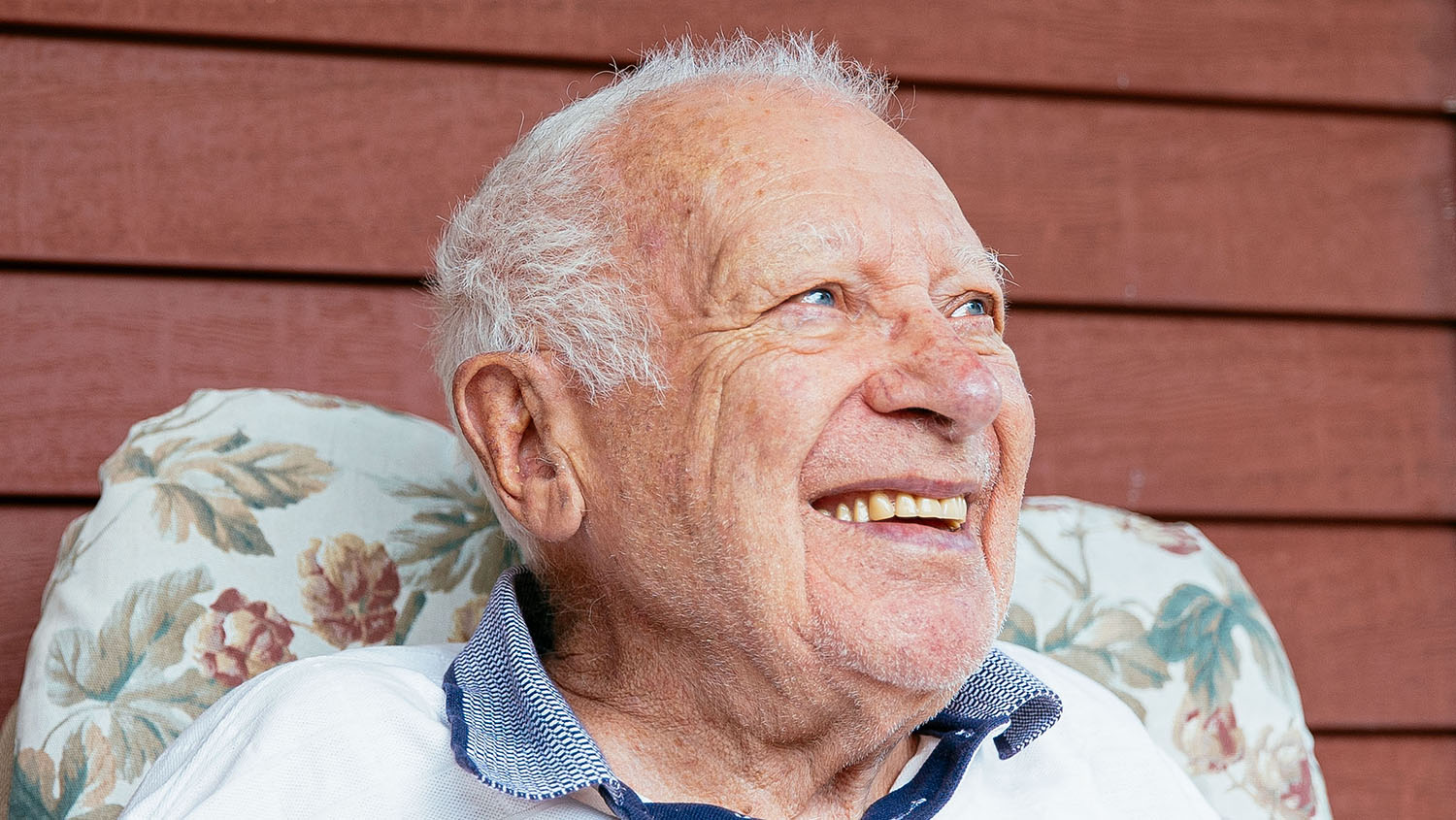
Towards the end of our conversation, Madden told me about a trip he and his wife made to New York in the 1980s. To kill time before seeing a show, they walked into Saks’ Fifth Avenue flagship.
“I introduced myself as working for Gitman. They gave us the grand tour, and that really made me feel like I was important,” he says with a warm laugh.
“I thought they might throw us out, but they gave us the big tour and went out of their way to accommodate us. I said to the clerk, ‘I made that shirt!”
I don’t know how to sew a button, let alone a shirt, but I feel that there is something similar between Madden’s experience in New York and mine decades later in Tokyo. The sight of something familiar in a far-off place, and the pride of knowing where it came from. It’s a feeling that ends with Gitman, the place, even as Gitman, the brand, lives on.
This article was featured in the InsideHook newsletter. Sign up now.
